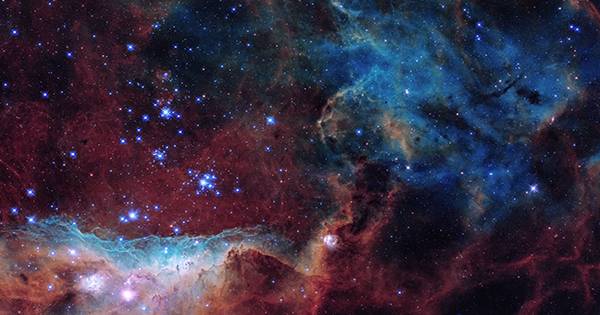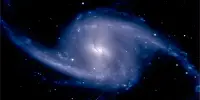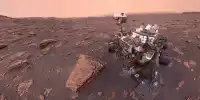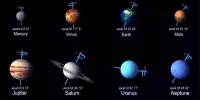The Gemini South Telescope obtained images of one of the nearest star-forming areas to Earth. Gases observed pouring out to create a pair of butterfly wings, but only one is visible because the other is barely visible. The Chamaeleon Infrared Nebula, where the reflection nebula was taken, gets its name from the constellation in which it is found rather than a shifting color scheme. As an area where stars created out of clouds of gas and dust, the Orion Nebula is a common stopping point on tours of the sky by both amateur and professional astronomers.
Despite being the most well-known and visible star formation nebula, Orion is far from the most distant. The Chamaeleon Complex is less than half the distance of the Orion Nebula, at roughly 500 light-years distant, but it has gotten nearly none of the attention.
With this collection of photos collected with the Gemini Multi-Object Spectrographs, the huge Gemini South telescope has made a modest step toward altering that. It depicts a freshly created star that is thought to encircle by a circumstellar disk from which planets will originate in the future. The hypothesized disk is nearly undetectable except as a black band since it is edge-on to us. The Chamaeleon’s obscurity is due to two fundamental factors. One is its geographical placement; it is not visible from much of the Northern Hemisphere. Moreover, Orion is giving birth to giants, whereas the Chamaeleon Complex is producing little, cold stars that are much harder to spot.
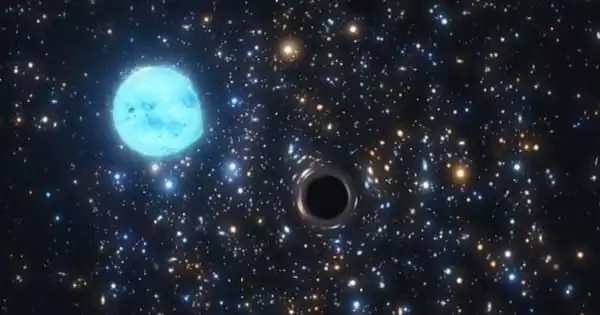
However, as the image indicates, little may be lovely. The low-mass star in the center of the photograph is shaping the interstellar cloud by pushing out streams of partly ionized plasma that have pushed their way through it. As the light bounces off the dust, the star’s light lights the walls of the cone generated by this action, forming the reflection nebula.
The shot was taken in visible light, but the gas shines much brighter in infrared. The Chamaeleon will be one of several objects whose infrared emissions will be a tempting target for a telescope working largely at wavelengths too long for the human eye if the soon-to-be-launched JWST survives its weeks of fear. The Chamaeleon Infrared Nebula is part of the Chamaeleon I dark cloud, which is part of the Chamaeleon Complex, which takes up much of the Chamaeleon’s tiny southern constellation and extends into several neighbors, like a series of Russian dolls.
The Chamaeleon is one of the lesser-known constellations since it lacks any brilliant stars or interesting features other than the complex. In a statement, NOIRLab instrument scientist German Gimeno stated, “GMOS-South is the right instrument to make this observation because of its field of view, which can properly catch the whole nebula, and because of its capacity to capture the emission from the nebula’s ionized gas.”
